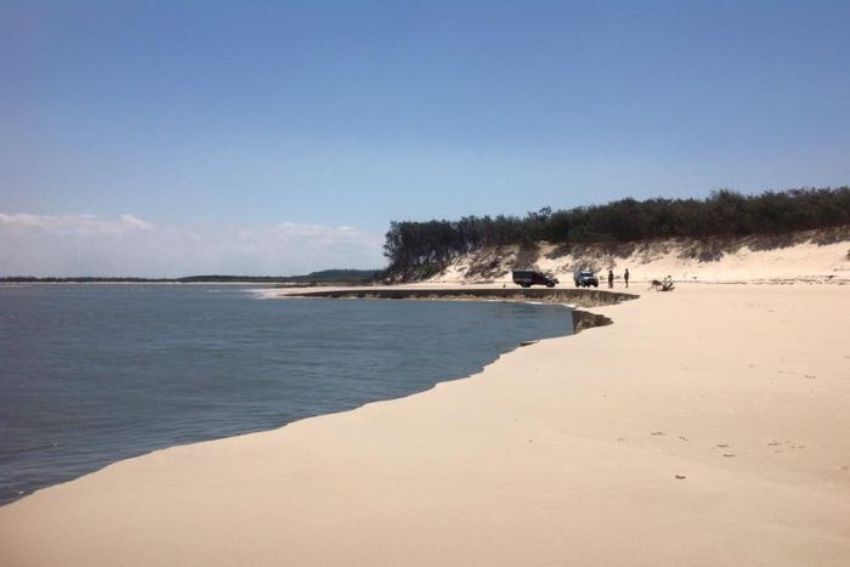
Senior lifeguard Michael Bates said the beach had collapsed on the southern side of the island this morning.
It is a popular spot for fishing and four-wheel-driving but no-one was on the beach at the time.
Mr Bates said the erosion had created dangerous conditions.
"It is a little bit smaller than a football field," Mr Bates said.
There is still a question mark over how big the hole will get.
"It is almost like a swirling effect in the water that is created by the change of tides and there is unstable sand in the area," Mr Bates said.
"It is not a safe areas for swimming area at all, due to it being so unstable, unpredictable and varying depth and the strong water movement.
"It is going to make it a very massive hazard."
University of Queensland researcher Konrad Beinssen said sinkholes were common at Jumpinin.
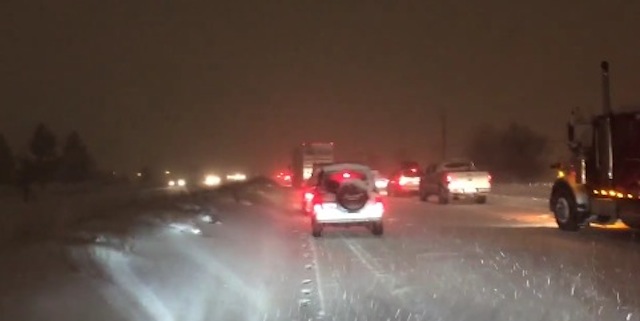
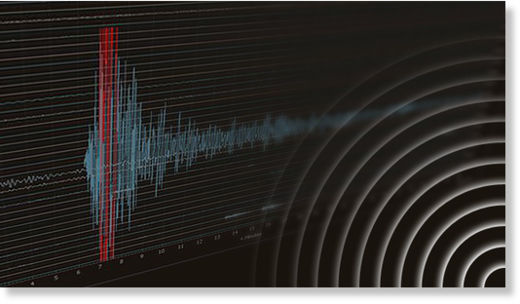
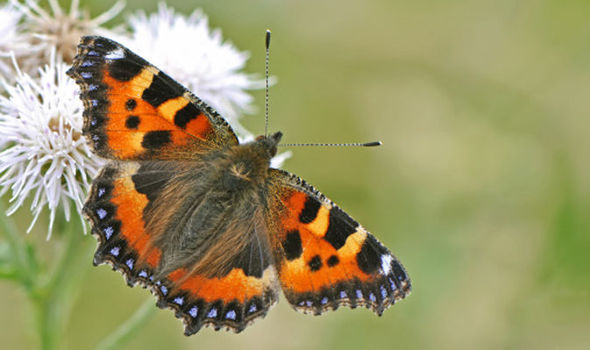
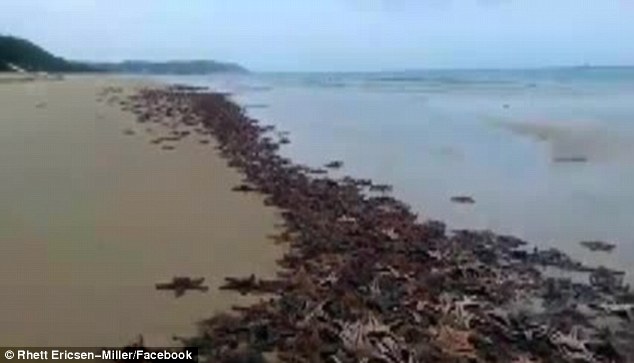
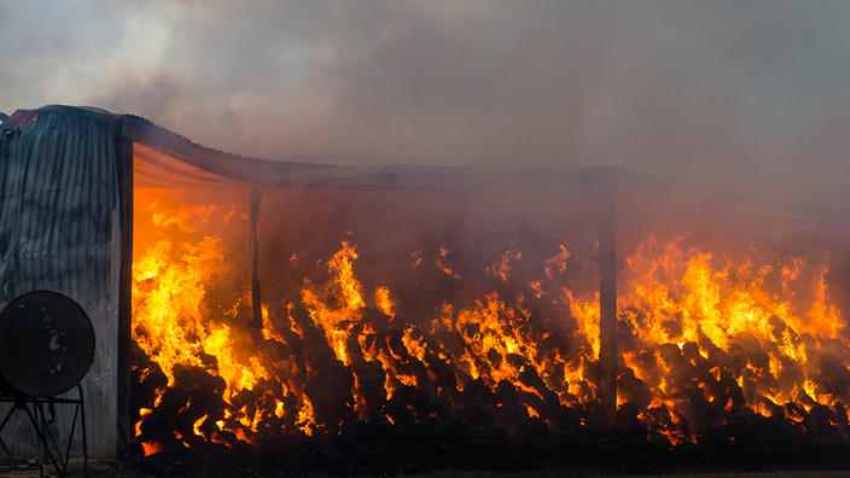
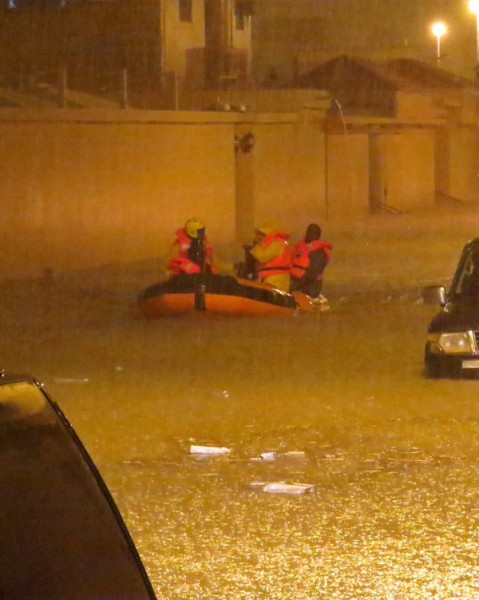
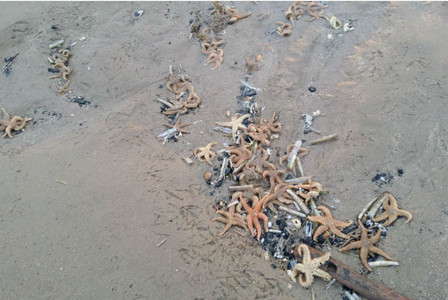
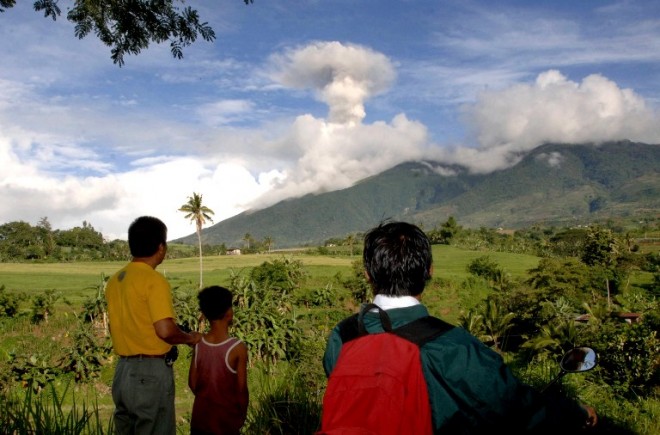
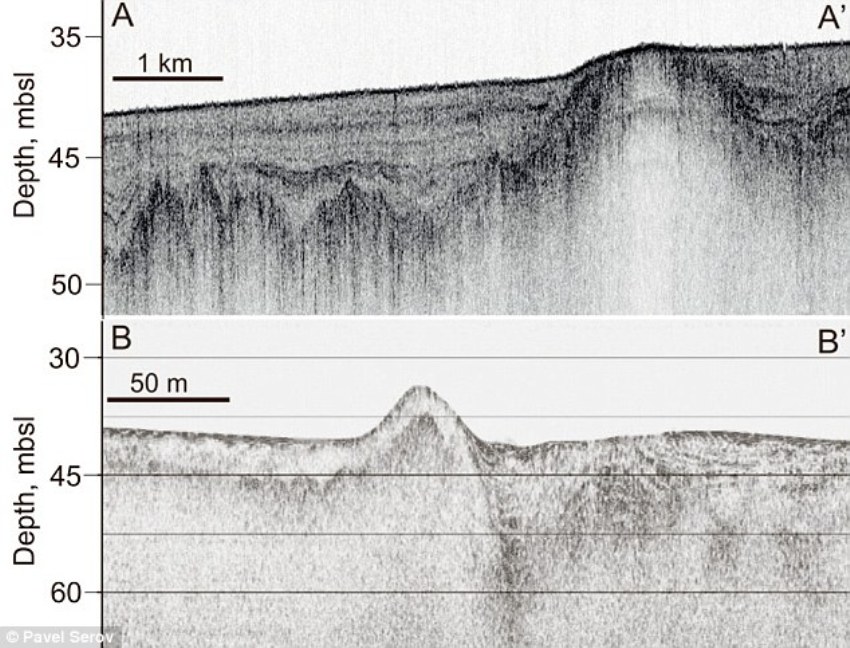



Comment: Last week erosion swallowed a house in Bangladesh, whilst a couple of months ago a portion of beach and campsite disappeared at Inskip Point, also in Queensland.